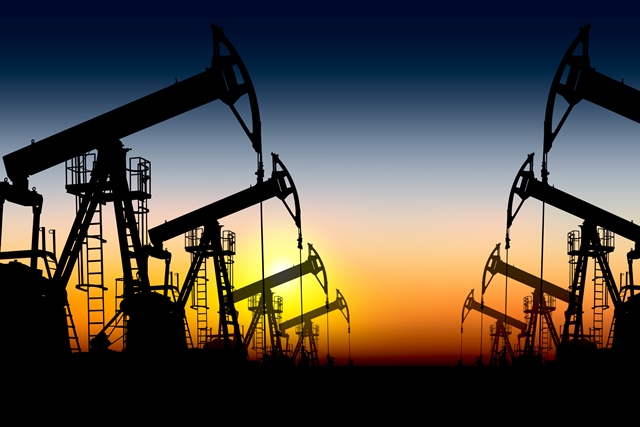Unwavering compliance with OPEC-led production cuts, strong demand and supply disruptions in the Middle East are likely to lift oil’s average price this year to above $67 a barrel, a Reuters poll showed on Monday.
The survey of 38 economists and analysts forecast Brent crude would average $67.40 in 2018, more than 5 percent higher than the $63.97 projected in the previous month’s poll. It is also the highest 2018 average forecast for Brent since at least December 2015.
Oil analysts polled by Reuters have raised their price forecasts every month since last August.
“With the market situation tightening, the stance of OPEC on production cuts is a key driver of prices going ahead. Additionally, crude oil demand is expected to remain healthy in 2018 and 2019, higher than expected GDP growth,” said Rahul Prithiani, director at CRISIL Research.
“Strong compliance (with production cuts) is expected at an overall level during the year … Global GDP growth is expected to rise to 3.9 percent this year and in 2019. As a result, oil demand growth is also expected to remain robust over the next two years.”
Led by Saudi Arabia, the Organization of the Petroleum Exporting Countries and allied producers have curtailed output since 2017 to tackle a global supply overhang that had depressed oil prices between 2014 and 2016.
As a result of a gradually tightening market, Brent and U.S. WTI crude hit their highest since November 2014 in April at $75.47 and $69.56 per barrel respectively.
Brent prices have risen nearly 11 percent so far this year, while WTI prices are up 12.6 percent.
Analysts saw U.S. light crude averaging $63.23 a barrel this year, versus $59.85 in the March poll.
“With the rise in oil prices, U.S. production is expected to expand rapidly in the upcoming months,” ANZ analyst Daniel Hynes said.
“Crude prices may remain elevated in the short run, until an increase in drilling activity in the U.S. accelerates growth in production.”
U.S. output has grown by a quarter since mid-2016 to 10.54 million barrels per day, making it the world’s second-biggest crude oil producer behind Russia, which pumps almost 11 million bpd.
However, analysts expect rising demand from Asia, led by China, to absorb part of the increase in U.S. supply.
Demand in Asia, the world’s biggest oil-consuming region, has hit a record as new and expanded refineries start up from China to Vietnam.
“At the moment, I don’t see signs of demand getting weaker … Inventory tightening will go on as long as OPEC will stick to their policy of limited production,” said Frank Schallenberger, head of commodity research at LBBW.
Geopolitical tension in the Middle East and an economic crisis in OPEC member Venezuela could also keep prices elevated for the rest of 2018, analysts said.
While the possibility of a reimposition of U.S. sanctions on Iran led to the recent rally, any significant development could push prices even higher, analysts said.
U.S. President Donald Trump, who has threatened to pull the United States out of a 2015 nuclear pact between Iran and six major powers, will decide by May 12 whether to restore economic sanctions on Tehran.
“While we assume that part of the risk is already priced in, we nevertheless believe that a termination of the deal would lead to an immediate increase of the oil price by $2-3 per barrel,” Hannes Loacker of Raiffeisen Capital Management said.














